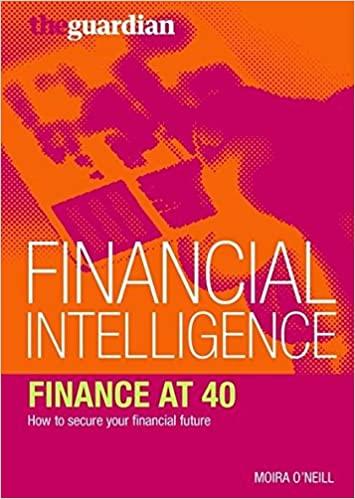1. Find problems inherent in Simpson's WACC calculation.

During the last few years, Harry Davis Industries has been too constrained by the high cost of capital to make many capital investments. Recently, though, capital costs have been declining, and the company has decided to look seriously at a major expansion program proposed by the marketing department. Mary Simpson who is an assistant to Leigh Jones, the financial vice president is asked to estimate Harry Davis's cost of capital. Jones provides Simpson with the following data. The film's tax rate is 40%. The firm has 10% annual coupon bonds with 15 years remaining to maturity. The current price of the bond is $1, 096.26. The bond's yield-to-maturity is 8.82%. The firm's balance sheet shows $100 million long-term debt and $300 million common equity. Simpson estimates the market risk premium as the historical average return on stocks minus the current return on Treasury bonds and obtains a 15.4% of the cost of common stock based on the CAPM. Simpson calculates the firm's weighted average cost of capital (WACC) as follows: Weight of long-term debt is .25 (=100/400) Weight of common equity is .75 (-300/400) WACC = .25 times 10% times (1 - 4) + 75 times 15.4% = 13.05% During the last few years, Harry Davis Industries has been too constrained by the high cost of capital to make many capital investments. Recently, though, capital costs have been declining, and the company has decided to look seriously at a major expansion program proposed by the marketing department. Mary Simpson who is an assistant to Leigh Jones, the financial vice president is asked to estimate Harry Davis's cost of capital. Jones provides Simpson with the following data. The film's tax rate is 40%. The firm has 10% annual coupon bonds with 15 years remaining to maturity. The current price of the bond is $1, 096.26. The bond's yield-to-maturity is 8.82%. The firm's balance sheet shows $100 million long-term debt and $300 million common equity. Simpson estimates the market risk premium as the historical average return on stocks minus the current return on Treasury bonds and obtains a 15.4% of the cost of common stock based on the CAPM. Simpson calculates the firm's weighted average cost of capital (WACC) as follows: Weight of long-term debt is .25 (=100/400) Weight of common equity is .75 (-300/400) WACC = .25 times 10% times (1 - 4) + 75 times 15.4% = 13.05%








